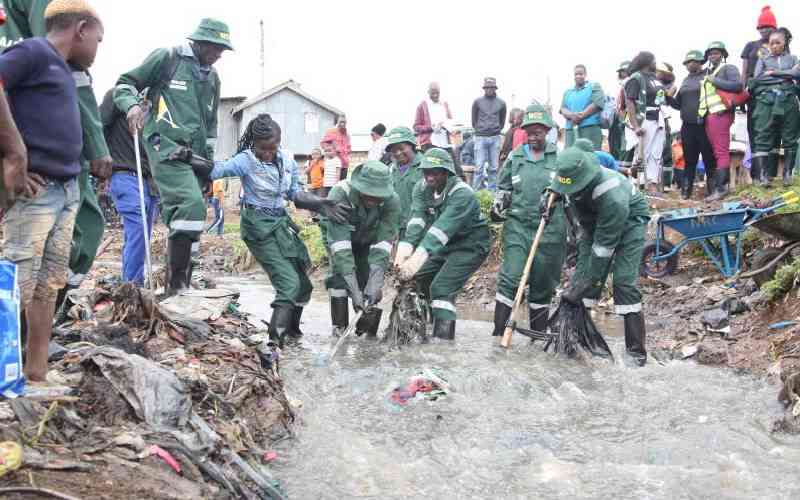×
The Standard e-Paper
Home To Bold Columnists

On the banks of the Nairobi River, where garbage chokes the waters and informal settlements teeter precariously, a quiet revolution is taking shape. The river, long a symbol of urban neglect, is at the heart of an ambitious regeneration project that promises to transform Kenya's capital into a cleaner, greener, and more equitable city.
From new and revitalised traders' markets to lush Riverfront parks, the Nairobi River Basin Masterplan is a bold vision to reclaim a waterway that has for years been abused.